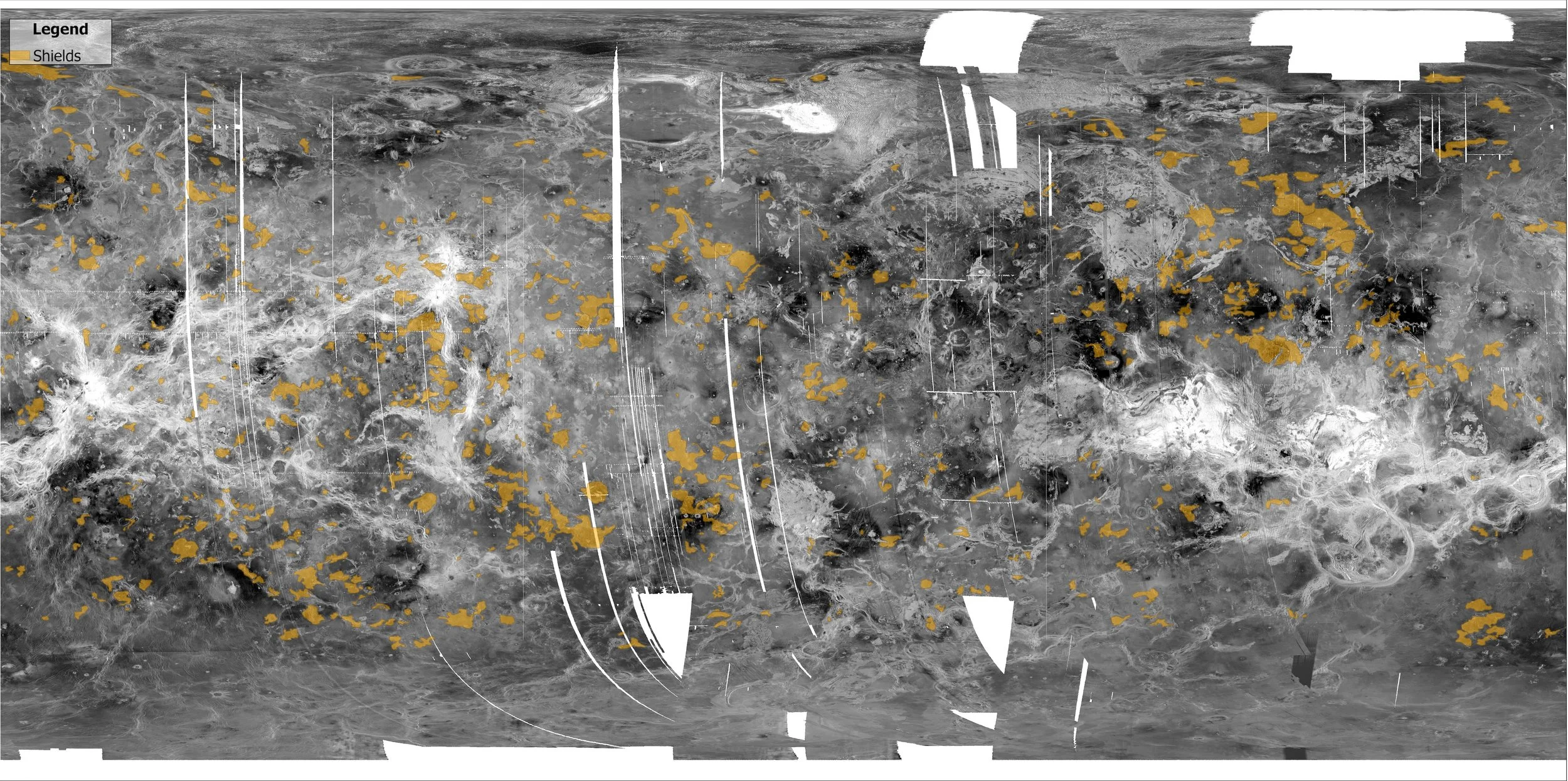Venus Unveiled: A Geospatial Approach to Mapping Volcanism on Earth’s Twin
This StoryMap introduces Venus (Earth’s sister planet) and explores how radar data from NASA’s Magellan mission continues to inform our understanding of Venusian geology. Created in preparation for my Summer 2025 internship with the Smithsonian’s National Air and Space Museum and the upcoming VERITAS mission, the project provides an overview of Venus’ volcanic history, key geologic features, and the tools we use to study them remotely.
By integrating planetary science concepts with cartographic storytelling, Venus Unveiled highlights the power of geospatial technology in planetary exploration. The StoryMap offers accessible explanations of synthetic aperture radar (SAR), the significance of Venus’ resurfacing, and what we hope to learn from upcoming missions like VERITAS.
The project serves as both an educational resource and a science communication piece aimed at making planetary geology more approachable for general audiences. It also reflects my growing interest in using GIS and remote sensing as tools to study other worlds, and share their stories with ours.
Below is a selection of static maps created for this project using Magellan radar imagery and publicly available geologic shapefiles. These visuals highlight key volcanic features and surface patterns on Venus, including lava flow fields, coronae, and fracture zones. Each map was designed to complement the narrative in the StoryMap, offering a closer look at the geospatial data that helps scientists interpret Venus’ complex geologic history.



